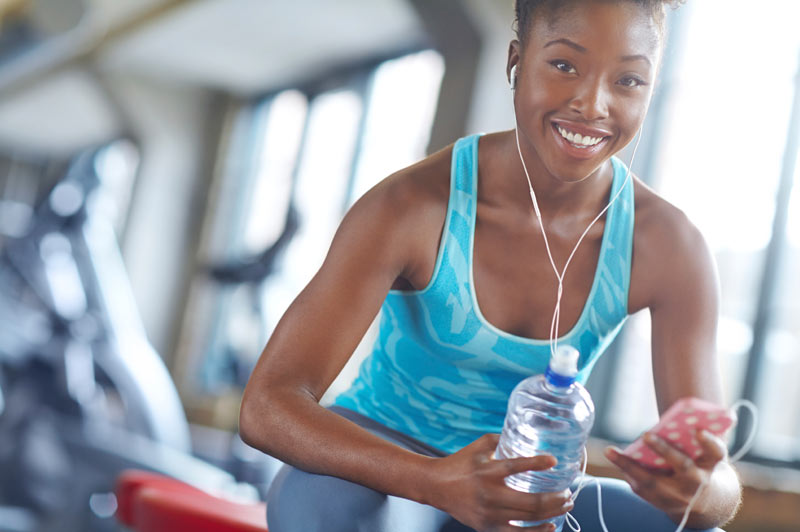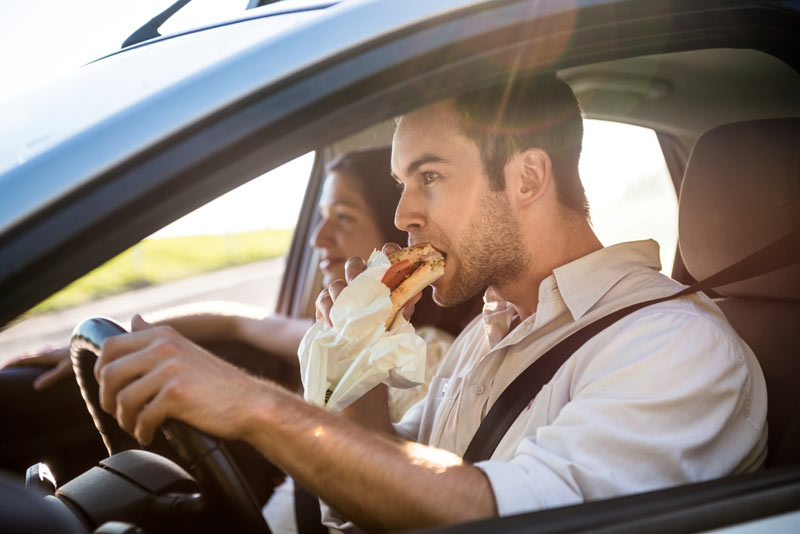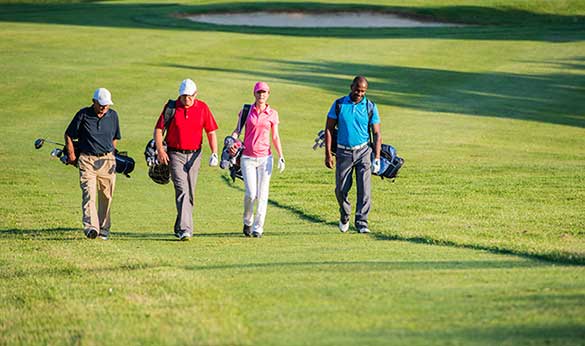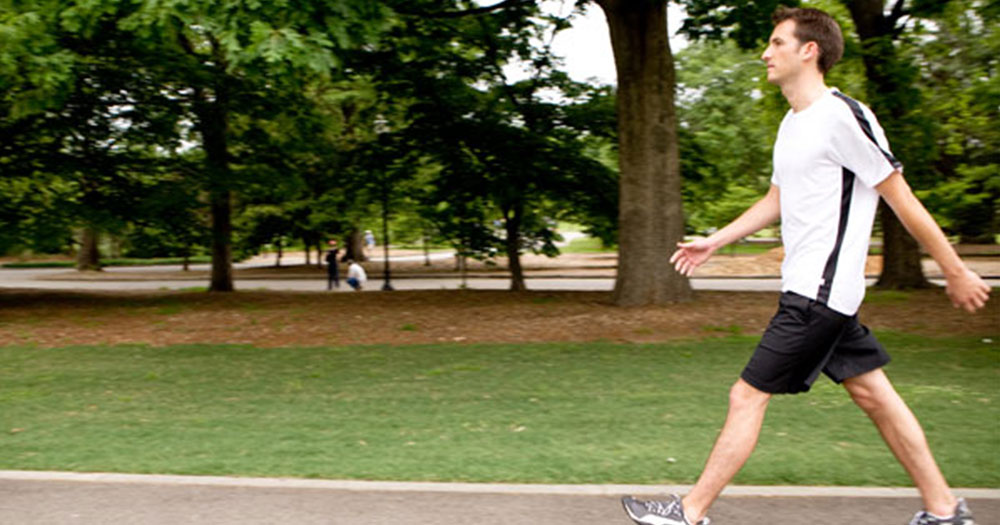To those of you who travels a lot or go for just the weekend get away. Something for me in this country specially. I like the exercise bit coz it does take up so little space and time!
Congratulations! You’ve settled into a routine of healthy habits at home and at work, but then, boom, life happens and you have to travel. Whether it’s a work trip or a family reunion, there is no reason you can’t maintain the healthy lifestyle you have already implemented at home. Here are some travel tips to ensure you continue your healthy habits while on the road.
Snack Attack
Fail to prepare and prepare to fail. Always arm yourself with healthy snacks to prevent S.O.S (Sudden Onset of Starvation). Hunger often equals bad food choices, so keeping healthy snacks on hand is a great way to stay on track. Here are some suggestions:
1. Veggies are crunchy and hydrating, and won’t pack on the calories. Opt for sliced bell pepper, celery and carrots.
2. Nuts are a great option—just make sure they are natural and raw. You’ll want to steer clear of roasted, salted and flavored varieties. Nuts are packed with nutrients, fiber, protein and healthy monounsaturated fats, which will help make you feel satiated, regulate blood sugar levels and prevent cravings. If weight loss is your goal, be mindful of portions, as a small handful packs about 180 calories.
3. Make your own healthy trail mix before you hit the road. Include ingredients like raw nuts, dried fruit and shredded coconut. If you want something more indulgent, ditch the M&Ms and opt for some dark chocolate chunks instead.
4. Jerky is high in protein and can be carried anywhere. Just keep in mind that not all jerky is created equal. Some brands are packed with high-sodium ingredients, such as MSG and sodium nitrate. Opt for those made from all-natural ingredients, and grass-fed beef is always best.
5. While real food is preferred over processed food products, bars are a great options when you’re on the road. While many “health” bars are no better than glorified candy bars, there are a few brands that offer healthy options. Quest Bars are high in protein without sugar, Lara Bars contain only a few ingredients, and Greens + are organic and vegan.
Fast Food Doesn’t Have to Equal Disaster
Sure, your options may be limited while on the road, but become a pro at navigating a menu and you can make healthy choices anywhere. Here are some ideas:
1. In & Out Burger: Skip the cheese and order any of their burgers “Protein Style”—the burger will be wrapped in lettuce instead of a bun.
2. Chipotle: Order a salad or a bowl with extra meat and guacamole and forget the cheese, rice and beans.
3. Panera: This chain has a hidden menu so make sure you ask for their “Power” options, which includes a breakfast bowl with steak and a roasted turkey salad.
4. Diners: You can never go wrong with eggs and bacon, or a massive salad with grilled chicken or steak.
5. Gas Stations: Convenience stores have expanded their healthy options and often sell items such as raw almonds, hardboiled eggs, vegetables and hummus, and bottled protein shakes.
No Gym, No Problem
No access or time for the gym while you’re away? You can still start your days away with a 10-minute workout right in your hotel room. Here are some ideas:
1. Jump for Efficiency: 100 jumping jacks, 75 squats, 50 push-ups, 25 burpees for time
2. Burpee Blowout: 100 burpees for time
3. 6 Minutes of Mayhem: Max push-ups in 2 minutes, 1-minute rest, Max sit-ups in 2 minutes, 1-minute rest, max squats in 2 minutes
4. Rein in the Rope: 3 rounds of 10 burpees, 20 push-ups, 30 walking lunges, 40 squats, 50 jump-rope singles)
5. Lucky 7s: 7 squats, 7 burpees, 7 rounds
There you have it—snacks, fast food and fitness all covered. Just remember: Being away doesn’t mean your healthy habits have to stray.
 Allison HagendorfContributor
Allison HagendorfContributor
Allison Hagendorf is the Official Host of Times Square New Year's Eve, has hosted various shows on The CW, VH1, Fuse, The Cooking Channel, and hosted her own live talk show on SiriusXM guiding listeners through the realm of relationships and dating. When she is not hosting, Allison is Health Coaching. She works with clients one-on-one to find a healthful lifestyle that works solely for each individual and runs all of her wellness work & food & fitness tips through her site, www.FitToFeast.com. As an all-around jock, Allison grew up playing lacrosse and field hockey, ran the NYC Marathon twice, snowboards and pole dances, but now spends most of her time doing CrossFit. Most recently, Allison has begun MCing/commentating at CrossFit competitions, and enjoys deadlifts and dessert equally ;-)

 Kelley VargoContributor
Kelley VargoContributor
 Kelley VargoContributor
Kelley VargoContributor
 Sweet potatoes are naturally sweet-tasting, but their natural sugars are slowly released into the bloodstream, helping to ensure a balanced and regular source of energy, without the blood sugar spikes linked to fatigue and weight gain. If you combine them with some berry filling, you will get a bun that is sweet and delicious for a change.
Sweet potatoes are naturally sweet-tasting, but their natural sugars are slowly released into the bloodstream, helping to ensure a balanced and regular source of energy, without the blood sugar spikes linked to fatigue and weight gain. If you combine them with some berry filling, you will get a bun that is sweet and delicious for a change. Eggplant is a very good source of dietary fiber, vitamin B1 and copper. It is a good source of manganese, vitamin B6, niacin, potassium, folate, and vitamin K. Eggplantalso contains phytonutrients such as nasunin and chlorogenic acid.
Eggplant is a very good source of dietary fiber, vitamin B1 and copper. It is a good source of manganese, vitamin B6, niacin, potassium, folate, and vitamin K. Eggplantalso contains phytonutrients such as nasunin and chlorogenic acid. Grown in the tropics, the cassava or tapioca plant produces a fleshy edible root stock. A nutritious starch is extracted from cassava and formed into “pearls”. Although it may be loathed by the older generation, younger people should still know that tapioca is a staple in many cuisines.
Grown in the tropics, the cassava or tapioca plant produces a fleshy edible root stock. A nutritious starch is extracted from cassava and formed into “pearls”. Although it may be loathed by the older generation, younger people should still know that tapioca is a staple in many cuisines.
 Allison HagendorfContributor
Allison HagendorfContributor

